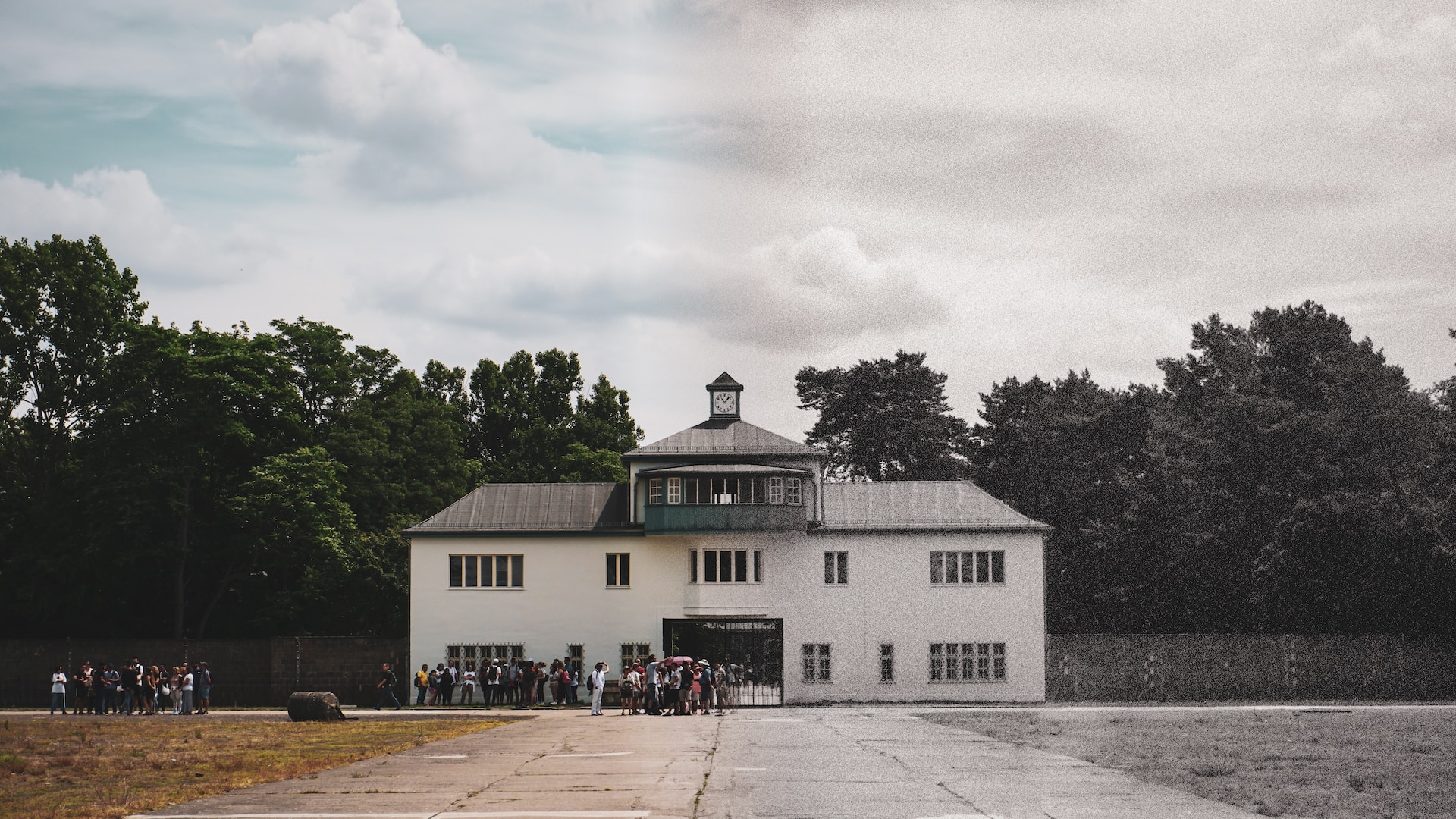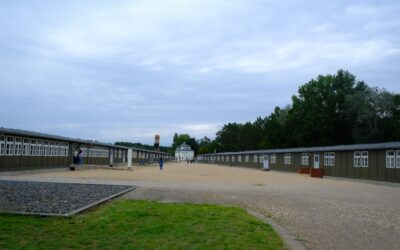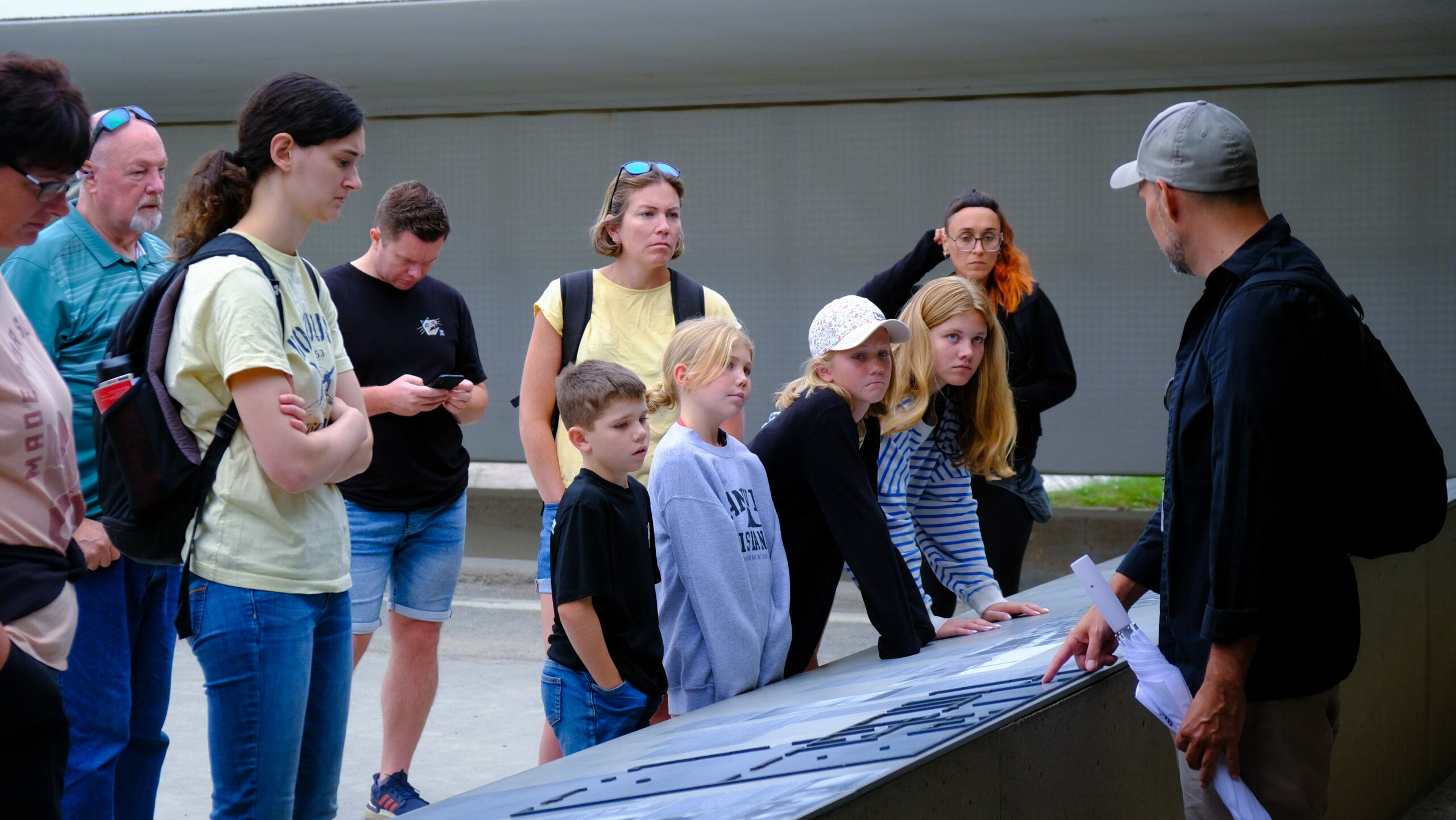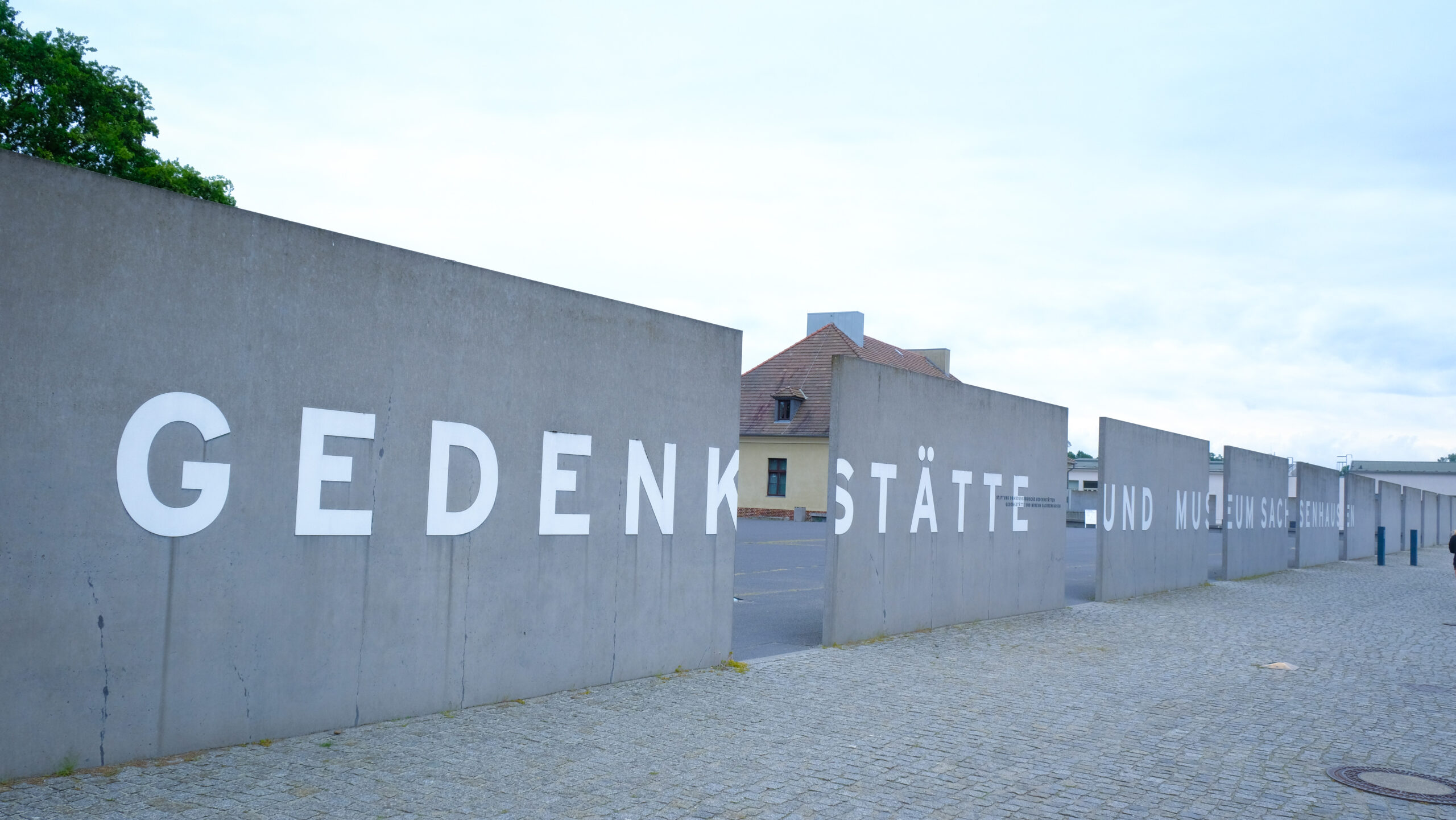Sachsenhausen Berlin also referred to as Sachsenhausen Concentration Camp was among the world war II concentration camp located in Oranienburg a northeastern suburb of Berlin Germany. It would be one of the first camps that the Nazis would use to establish camps and also acted as a prototype. This blog post is intended to serve as a manual on how to visit Sachsenhausen Berlin alongside some historical background, the general statements about the camp and the testimonies of the prisoners.
Le historia kaj importo de la ‘Sachsenhausen Berlin’.
Sachsenhausen Concentration Camp was directly constructed by the SS in Oranienburg in 1936, it was initially a camp exclusively for the political prisoners. But over the course of time it grew all encompassing like Jews, homosexuals, Jehovah’s Witnesses , and the Romani.
The camp was used as detention, working, and killing center; there were many thousands of deaths due to diseases and sickness, beating, experimenting and shooting. It is believed that about 30000 prisoners died in Sachsenhausen but many were transferred to other camps and others freed.
Due to its location near Berlin Sachsenhausen was conveniently placed for the headquarters of high ranking officials and was used to great effect, as a propaganda tool to show the efficiency and strength of the Nazi regime. One who visits the camp and went through the camp’s construction and design of the camp would agree with me that prisoners were made to feel like they were animals by constructing and designing the camp in such a way that; it had an entrance fooling showing Arbeit Macht Frei, it had a Appellplatz, which was the roll call square, and not forgetting the torture chambers.
Traveling to the Sachsenhausen Berlin today
Today, Sachsenhausen Berlin memorize the museum, locals and tourists can obtain information about the terrible events at the beginning of the Third Reich. One can pay respect to the victims to that tragic event and at the same time get informed about the events and make sure that they do not reoccur.
Important Tips When Planning Your Visit:
- Plan for at least half a day to explore the site thoroughly.
- Consider joining a guided tour to gain a deeper understanding of the camp’s history.
- Wear comfortable walking shoes, as the site is expansive.
- Bring water and snacks, as amenities on the premises may be limited.
- Be prepared for an emotionally challenging experience. It is crucial to show respect and behave appropriately during your visit.
What can you expect to see at Sachsenhausen Berlin?
Upon entering the camp, you will encounter the iconic “Arbeit Macht Frei” gate, a stark reminder of the camp’s grim purpose. Exploring the site, you will come across various remnants of buildings, watchtowers, and barracks that provide insight into the camp’s layout and conditions.
The museum exhibits historical artifacts, photographs, and testimonies that offer a glimpse into the daily lives of the prisoners. You can also visit the infirmary, washrooms, and the chilling punishment cells, where prisoners faced severe torture.
Adjacent to the main camp, you will find the Station Z memorial, which marks the location of the former gas chambers and crematorium. This area serves as a somber reminder of the countless lives lost.
Never forget
Visiting Sachsenhausen Berlin offers visitors a chance to remember and honor the victims, while also learning about the atrocities committed during one of humanity’s darkest periods. It serves as a reminder of the importance of empathy, tolerance, and the collective responsibility to ensure that such horrors are never repeated.
By educating ourselves and future generations about the Holocaust and the Nazi era, we can actively contribute to creating a more compassionate and inclusive world.




